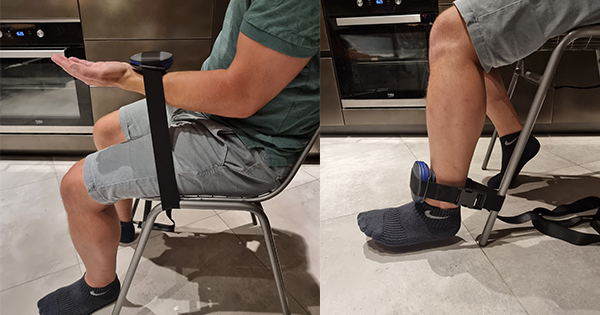<p>Background: Improvements in breast cancer treatment and early diagnosis are leading to increasing numbers of breast cancer survivors, many of whom are experiencing upper limb lymphoedema as a post-treatment outcome. Current management techniques of breast cancer-related lymphoedema produce uneven results, signifying a need for research in this area.</p>n<p>Aims: To assess the symptom management practices of breast cancer survivors experiencing cancer-related lymphoedema by identifying and quantifying self-care management practices.</p>n<p>Methods: The Lymphoedema Breast Cancer Questionnaire (LBCQ) was given to 40 breast cancer survivors with either self- or medical diagnosis of upper limb lymphoedema ipsilateral to the breast treated for cancer.</p>n<p>Results: Findings revealed three main themes: recommended management techniques, pharmaceutical treatments, and lay symptom management techniques. Further categorisation suggested that clusters of similar related symptoms (e.g. heaviness, aching, tenderness, and tightness/firmness) tend to be managed or not managed in similar ways.</p>n<p>Conclusions: Healthcare professionals need to recognise the scope and diversity of self-management practices that breast cancer survivors choose in managing their lymphoedema symptoms. A critical next step is the rigorous evaluation of the effectiveness of these self-management modalities.</p>






